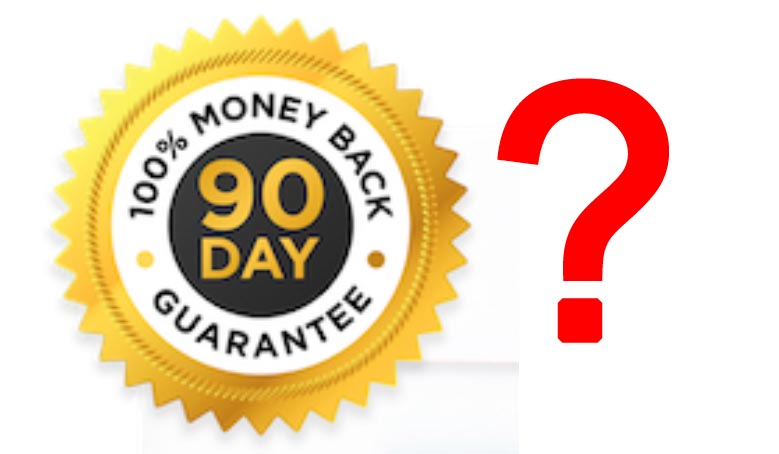Nobody wants to give their credit card to a liar. So, one-tenth of an offer’s Trustworthy score is about whether they lie. My lying and deception criteria in 2022:
- Any lie or deceptive omission
- Use of altered photos, such as forged magazine covers
- Legal documents that contradict advertised terms
Lies are statements or photos that I can check. Related categories:
- Ridiculous Claims are statements that I can’t check but that are obviously lies; for example, that the X industry is afraid of an advertised gadget and is trying to suppress it and silence the inventor.
- Chicanery is manipulation of the customer outside of the sales pitch; for example, pre-filling an order form for a large quantity of product in hopes that the customer won’t notice.
Altogether, dishonesty makes up three tenths of an offer’s Trustworthy score.
The easiest way to catch a liar is to look for inconsistencies. If an offer claims “10 million sold!” and further down it claims “1.2 million sold!” these statements can’t both be true. I’m not interested in which statement is true. I’m interested in the fact that lying just happened.
The offers I review have an unfortunate tendency to contradict their own guarantee terms. In my coverage of terms, where there’s an overlap between the advertised terms and the “real” Terms terms, I report the real ones. If they differ from what’s advertised, that’s a lie. It may be accidental; perhaps the lawyers didn’t read the advertising, or the copywriter didn’t read the Terms. Yet, nearly always, the lie works to the advantage of the seller–for example, by suggesting that the guarantee period is longer than it really is. Whether a lie is intentional or just sloppiness, it’s reason to reduce one’s trust in the seller.
There’s a type of lie that leverages the reader’s hopes and assumptions. If a seller of desktop coolers claims that their device is an “AC,” most readers are going to translate this as “Air Conditioner.” If I find the same “AC” in China’s Alibaba wholesale website, and the device manufacturer says it’s an Air Cooler, that’s a penalty point. That the complete “text” of the lie didn’t come from the seller doesn’t matter to me. I don’t care whether a deception meets some legal criteria or is “fixed” in a small-print disclaimer at the bottom of the page. If customers are being deceived, I’m calling that out.

Photos can also be lies. Sellers of gadgets sometimes photoshop a magazine cover so it features their gadget. Hello, web merchants! I know some of you subscribe to this blog. Here’s reminding you that photographs are easy to search for on the web. I compare the magazine cover image in your offer to the real magazine cover. If you changed it, that’s a lie.
I’ve seen some other interesting photographic lies. One company that thought their facility was too squalid stole an image of a posh office park and claimed it was their own headquarters; but it was way different from the building at the company’s address. Another thought they needed an impressive staff photo, so they stole one from a larger company, not noticing that many of the employees were wearing T-shirts with the company’s logo on their fronts. Liars aren’t very smart, which is another reason not to trust them.
Some photo-lies fall into other categories of the Trustworthy system.

- A picture of a person in a white coat and stethoscope goes in Chicanery. More important than whether the model is really a doctor and really works for the seller is the use of doctor-images to enhance an offer’s credibility.
- If they’re clip art, the little “social media” avatars in testimonials go in Phony Reviews. (By the way, 99% of the testimonials you see in offers are fake.)















